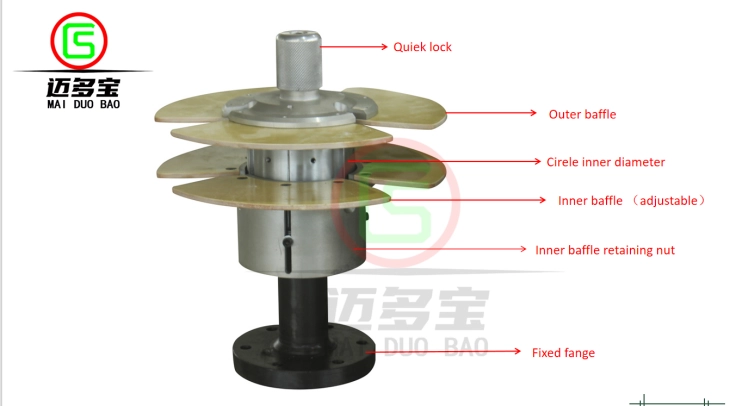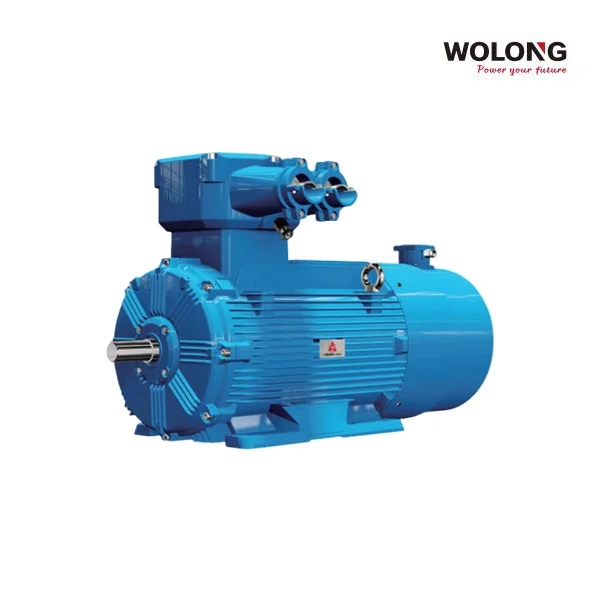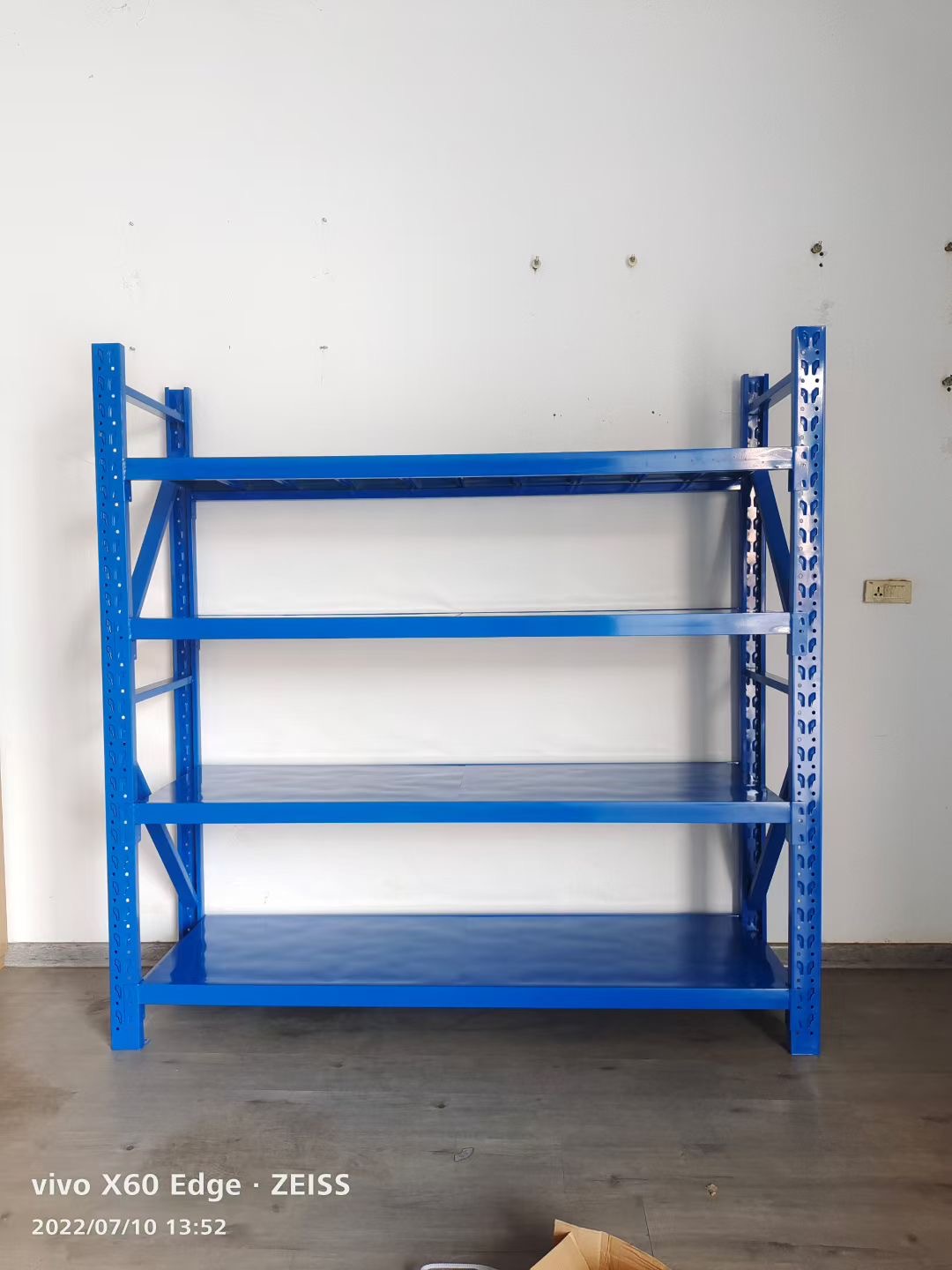Ei lamination core technology has transformed the electrical industry. This innovation dates back to the early 20th century when engineers sought ways to improve energy efficiency in transformers and motors. By using laminated cores, manufacturers minimized energy losses caused by eddy currents.
Today, ei lamination cores are crucial in various applications, from household appliances to industrial machinery. Their design enhances performance while reducing weight and cost. As technology advances, these cores continue evolving, meeting the demands of modern energy solutions. Understanding their significance can help businesses optimize their operations and boost productivity. Dive into the details of ei lamination core technology and discover its benefits for your projects.
Key Takeaways
-
EI lamination cores are essential in transformers and motors, providing efficient magnetic performance and reducing energy losses.
-
Selecting the right core material is crucial; oriented steel is often preferred for its superior magnetic properties and efficiency.
-
The manufacturing process of EI lamination cores should focus on precision to ensure optimal performance in electrical applications.
-
Understanding the performance impact of laminations can help engineers design more effective and reliable electrical devices.
-
Applications of EI lamination cores span various fields in electrical engineering, making them a versatile choice for many projects.
-
Always consider specifications and variations of EI lamination cores to meet specific design requirements and improve overall system efficiency.
Understanding EI Lamination Cores
Structure Design
EI lamination cores consist of thin sheets of electrical steel. These sheets are stacked together to form a core shape that resembles the letters "E" and "I." This design allows for efficient magnetic flux paths. Each layer is insulated, reducing eddy currents. The thickness of these laminations typically ranges from 0.35 mm to 0.5 mm. This specific thickness helps optimize performance in transformers.
Manufacturers often use a standard series for EI lamination cores. These standards ensure uniformity across different applications. Common dimensions include various heights and widths to fit diverse transformer designs. The precise engineering of these cores contributes to their effectiveness in electrical applications.
Significance of Silicon Steel
Silicon steel plays a crucial role in core construction. It enhances the magnetic properties of the core material. The addition of silicon improves electrical resistivity, which minimizes energy losses. This feature is vital for transformers, as it increases efficiency.
The typical silicon content in electrical steel laminations ranges from 2% to 4%. Higher silicon levels can lead to better performance but may increase production costs. Manufacturers must balance cost and efficiency when selecting materials.
Role of Lamination
Lamination significantly reduces energy losses in transformers. By using thin layers, manufacturers limit eddy currents, which waste energy as heat. Eddy currents occur when magnetic fields change direction rapidly, causing currents to flow within the core itself.
Incorporating lamination can reduce these losses by up to 90%. This reduction leads to higher efficiency and lower operational costs for transformers. Current transformer cores benefit greatly from this technology, ensuring they operate effectively under varying load conditions.
Electrical steel laminations are widely available from various suppliers. They provide essential materials for manufacturers focusing on high-quality transformer designs. Years of research have led to advancements in lamination technology, improving overall performance.
Function in Transformer and Motor Design
Efficiency Boost
EI lamination cores play a crucial role in improving the efficiency of transformers. These cores are made from thin sheets of electrical steel, which reduces energy losses during operation. Low hysteresis loss is one of the main benefits. This means that less energy is wasted as heat when the transformer operates.
Power transformers benefit significantly from these efficient transformer cores. They help maintain high magnetic flux levels while minimizing energy loss. The design also allows for better magnetic properties, ensuring that transformers can handle larger loads without overheating.
Motor Performance
Core design has a direct impact on motor performance. Motors rely on strong magnetic fields to operate effectively. EI lamination cores enhance this by providing a stable magnetic environment. The low magnetostriction of these cores helps reduce noise and vibrations during operation.
In motors, the use of EI cores leads to smoother operation and improved torque output. This is particularly important in applications where precision is required. The right core design ensures that motors can perform at their best, especially in industrial settings.
Importance of Lamination
Lamination is essential in electromagnetic applications. It prevents eddy currents from forming within the core material. Eddy currents can cause significant energy losses, reducing overall efficiency. By using laminated materials, manufacturers can create more effective transformer core applications.
The squared hysteresis loop iron used in EI lamination cores contributes to their effectiveness. It allows for better control over magnetization cycles, enhancing overall performance. Nonferrous metals busbars can be integrated with these cores for improved conductivity and reduced weight.
Applications in Transformers
Transformers with EI lamination cores find use in various applications. They are widely used in power distribution systems, where reliability is key. These transformers help transfer electrical energy efficiently over long distances.
Large transformer cores are designed to handle substantial power loads. Their construction ensures minimal energy loss, making them suitable for heavy-duty applications. In contrast, smaller EI transformers are ideal for residential and commercial use, balancing efficiency with size.
https://www.jstxgx.com/EI-lamination-with-air-gap.html
Jiangyin Tianxiang Electrical Appliances Co., Ltd.





